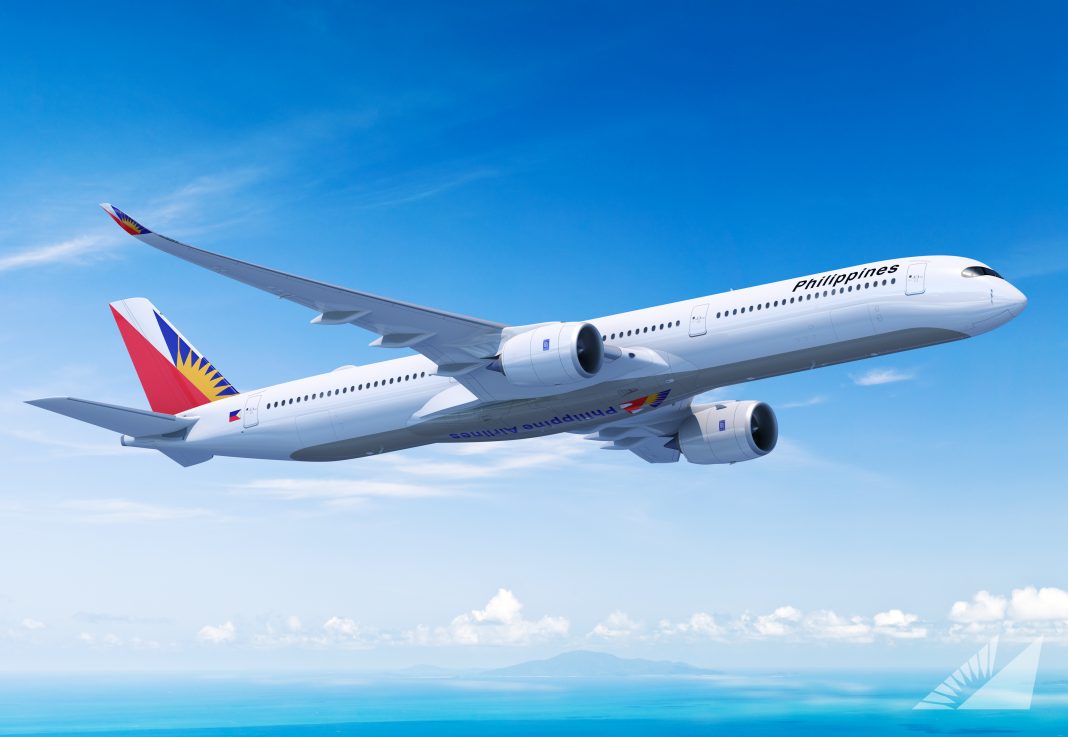Philippine Airlines (PAL) reported that its net income in 2024 reached USD 151.1M (PHP 10.22B), achieving a 5 percent net margin that outpaced the global airline industry average of 3% tracked by the International Air Transport Association (IATA).
PAL President and Chief Operating Officer Captain Stanley K. Ng said: “We are very pleased with the solid financial performance achieved by the Philippine Airlines team, an outcome of greater operational efficiency, improved schedule reliability, and more consistent service across our global network.
In 2024, PAL operated 5% more flights while improving on-time-performance by 2% and schedule reliability by 4%. These gains contributed to a significant increase in customer satisfaction (CSAT) scores, which rose to 73%, and net promoter scores (NPS), which reached +43, both ranking among the strongest results we’ve delivered to date.”
PAL carried 15.6 million passengers in 2024, 6% higher than in 2023, while mounting a total of 110,867 flights systemwide, a 5% increase from the 105,294 flights operated in 2023. The calibrated expansion of PAL’s network included the launching of Manila-Seattle nonstop flights last October, PAL’s first new U.S. route in nine years, along with progressive increases in frequencies on various international and domestic routes.
The incremental growth in passenger carriages and solid financial performance came despite a general moderation of growth rates, inflationary strains and increased competition that put pressure on yields. PAL generated revenues of USD 3.13B (PHP 179.67B), a 4% reduction from the USD 3.25B (PHP 180.73B) logged in 2023. Passenger revenues declined by 6% from USD 2.87B to USD 2.70B, while cargo and ancillary revenues registered a healthy increase of 12% (to USD 159.7M) and 16% (to USD 271.7M), respectively.
Total operating expenses increased by 3% to USD 2.82B (PHP 161.59B) from USD 2.75B (PHP152.99B) in PAL incurred capital expenditures of USD 387.7M in 2024 largely for the purchase of its 2023 due to higher lease costs and airport charges, although these were offset by lower fuel expenses and more effective cost-management measures. Fuel remains the largest cost item, representing 31% of revenues.
Operating income at USD 314.4M (PHP 18.08B) was 37% below the 2023 level of USD501.1M (PHP 27.74B), reflecting the overall market moderation. Earnings before interest, taxes, depreciation and amortization (EBITDA) were USD 614.4M, vs. the USD 765.5M registered in 2023.
PAL incurred capital expenditures of USD 387.7M in 2024 largely for the purchase of its new aircraft and aircraft maintenance. The airline is also embarking on a number of digital transformation projects such as the implementation of a SalesForce Customer Relationship Management (CRM) platform, RAMCO Maintenance Information System and SAP’s S4Hana Enterprise Resource Planning system. This ongoing digital transformation is a key strategy for PAL to deliver personalized digital experiences across the customer journey.
“PAL’s financial discipline is critical in a very cyclical industry. Enabled by the gains we have made post-restructuring, we are making purposeful investments to improve our product and update our systems with the aim of delivering better service to our passengers more efficiently,” said Anna Bengzon, Chief Financial Officer of PAL.
As a result of the continued strong results of PAL, the company reported positive retained earnings of USD 29.2M (PHP 9.11B) as at December 31, 2024 from a deficit of USD 116.4M in 2023. PAL also paid down debt and long-term obligations totaling USD 538.1M allowing its total long-term obligations to decrease to USD 1.39 billion.




